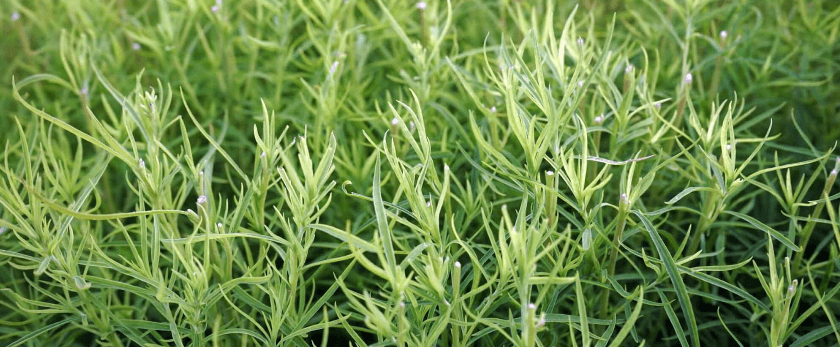Tarragon is a popular herb known for its distinct anise-like flavor and aroma. It is commonly used in French cuisine, but its uses extend far beyond the kitchen. Tarragon is also known for its medicinal properties and is a great addition to any herb garden. In this article, we will discuss how to grow and care for tarragon, the best time to grow it, and common problems that may arise.
How to Care for Tarragon
Watering
Tarragon is a drought-tolerant herb, meaning it can survive with minimal watering. However, it is important to keep the soil consistently moist, especially during the hot summer months. Water your tarragon plant deeply once a week, making sure the water reaches the roots. Avoid getting the leaves wet, as this can lead to fungal diseases.
Light
Tarragon thrives in full sun, but it can also tolerate partial shade. If you are growing tarragon indoors, place it near a sunny window. Outdoors, make sure to choose a spot that receives at least 6 hours of sunlight per day.
Soil
Tarragon prefers well-draining, fertile soil. It is best to mix in some compost or organic matter before planting to provide the plant with essential nutrients. Avoid using heavy or clay soils, as they can lead to root rot.
Fertilizer
Tarragon does not require much fertilizer, but a light application of organic fertilizer in the spring can help promote growth. Avoid using chemical fertilizers, as they can alter the flavor of the herb.
Pruning
Regular pruning is essential for tarragon to maintain its shape and promote new growth. Prune the plant in the spring by cutting back the stems to about 6 inches. This will encourage the plant to grow bushier and prevent it from becoming leggy.
What is the Best Time to Grow Tarragon?
Tarragon can be grown year-round in mild climates, but it is best to plant it in the spring after the last frost. If you live in a colder climate, you can start tarragon indoors and transplant it outside once the weather warms up. Tarragon is a perennial herb, meaning it will come back year after year, so make sure to choose a spot where it can grow undisturbed.
Common Problems with Tarragon
Pests
Tarragon is generally pest-resistant, but it can occasionally be affected by aphids, spider mites, and whiteflies. These pests can be controlled by spraying the plant with a mixture of water and mild soap. You can also introduce beneficial insects like ladybugs to your garden to help control pest populations.
Diseases
Tarragon is susceptible to fungal diseases, especially if the leaves get wet. To prevent this, make sure to water the plant at the base and avoid getting the leaves wet. If you notice any signs of disease, such as yellowing or wilting leaves, remove the affected parts immediately to prevent the spread.
Overcrowding
Tarragon can grow quite large, so make sure to give it enough space to thrive. Overcrowding can lead to poor air circulation, which can make the plant more susceptible to diseases. If your tarragon plant becomes too large, you can divide it in the spring and replant the divisions in separate pots or areas of your garden.
Conclusion
Tarragon is a versatile herb that is easy to grow and care for. With the right conditions, it can thrive in both indoor and outdoor settings. Remember to water it regularly, provide it with enough sunlight, and prune it regularly to keep it healthy and productive. By following these tips, you can enjoy fresh tarragon all year round and add a delicious and aromatic touch to your dishes. Happy growing!










